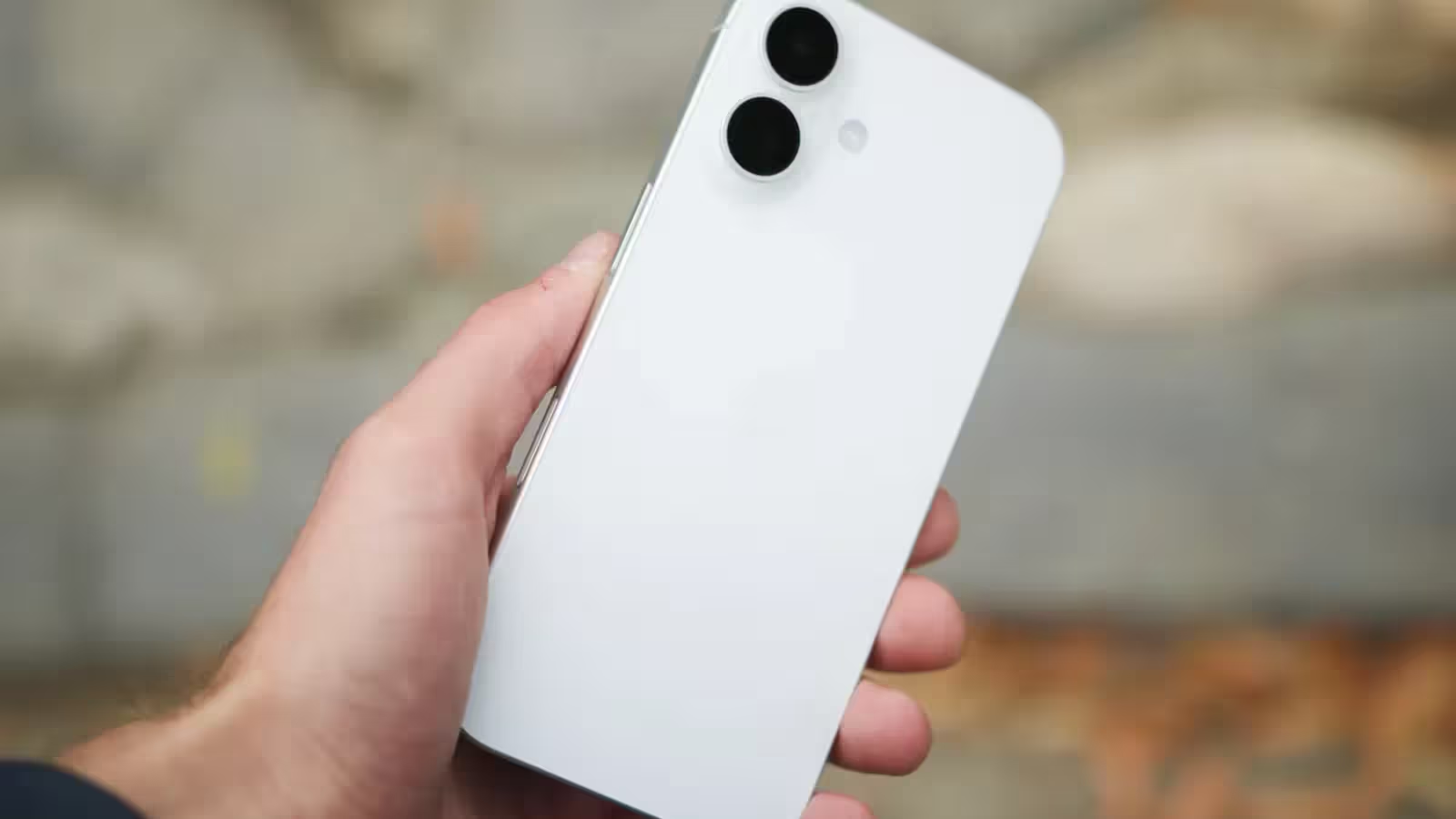3 Minutes
Apple Set to Break New Ground with Ultra-Thin iPhone 17 Air
Recent leaks have sent shockwaves through the tech world, revealing images of what could be the slimmest battery ever designed for a smartphone—reportedly destined for Apple's upcoming iPhone 17 Air. This advancement points towards a major evolution in smartphone engineering and could pave the way for Apple’s thinnest model yet.
Leaked Images Reveal Groundbreaking Battery Design
Images shared online by renowned South Korean leaker yeux1122 showcase a wafer-thin battery cell, claimed to be just 2.49mm thick. Set side-by-side with a much thicker battery allegedly from the iPhone 17 Pro, the new cell appears to be about half as thick, highlighting just how aggressively Apple may be targeting slimmer hardware profiles. According to initial reports, the iPhone 17 Air’s battery might even surpass the 2,438mAh capacity found in the iPhone 13 Mini, with some rumors hinting at a 2,800mAh cell.
A Historic Leap in Smartphone Design
If these rumors are accurate, the iPhone 17 Air would become the thinnest iPhone ever, besting even the 2014 iPhone 6, which measured 6.9mm. For comparison, Apple’s recent base iPhone models—including the iPhone 16, 15, and 14—have all been 7.8mm thick. Current leaks suggest the iPhone 17 Air may measure an astonishingly slim 5.5mm, marking a significant reduction in size and weight.
How Will Apple Maintain Battery Life?
The main challenge with such a slender design is achieving competitive battery performance. The iPhone 17 Air’s battery appears significantly smaller than the rest of the iPhone 17 lineup and its direct competitor, the Samsung Galaxy S25 Edge, which combines a 5.8mm profile with a robust 3,900mAh battery. Past reviews of ultra-thin devices—like the Galaxy S25 Edge—have found that battery life often suffers due to size constraints.
To counter this, Apple might rely on new innovations, such as adopting advanced battery chemistries like silicon-carbon cells (recently seen in the Honor Magic V5), implementing more efficient heat dissipation solutions, or optimizing software with the rumored new power-saving features in iOS 26.
Comparing the Competition
The Samsung Galaxy S25 Edge currently claims the crown for thinness among flagship smartphones at 5.8mm, but if Apple delivers a 5.5mm design, the iPhone 17 Air will set a new standard in hardware miniaturization. That said, with a likely smaller battery capacity, Apple will need to balance design with user expectations for all-day performance—a critical factor for tech enthusiasts and professionals.
Leading Apple’s Hardware Strategy into the Future
The iPhone 17 Air reflects a potential shift in Apple’s hardware strategy, moving away from the incremental updates of recent generations toward bold, design-driven innovation. This approach is likely to attract both early adopters and users who value sleek aesthetics in their mobile devices.
What Comes Next in the Smartphone Market?
Apple typically launches new iPhones in mid-September, meaning an official unveiling of the iPhone 17 series—and confirmation of the Air model’s features—is likely just around the corner. However, Google will take the stage first, with the Pixel 10 series debuting on August 20. While the Pixel 10 lineup isn’t expected to deliver a direct rival to the slim iPhone 17 Air, it underscores how rapidly competition in smartphone innovation is accelerating.
Why This Matters
The arrival of the iPhone 17 Air could mark a new direction in smartphone design, where extreme thinness and advanced engineering go hand in hand. For users, the key question will be whether Apple can deliver a device that doesn’t sacrifice battery life or performance for aesthetics. With so much at stake, all eyes are on Apple and its next ambitious move in the global smartphone race.
Source: digitaltrends



Comments